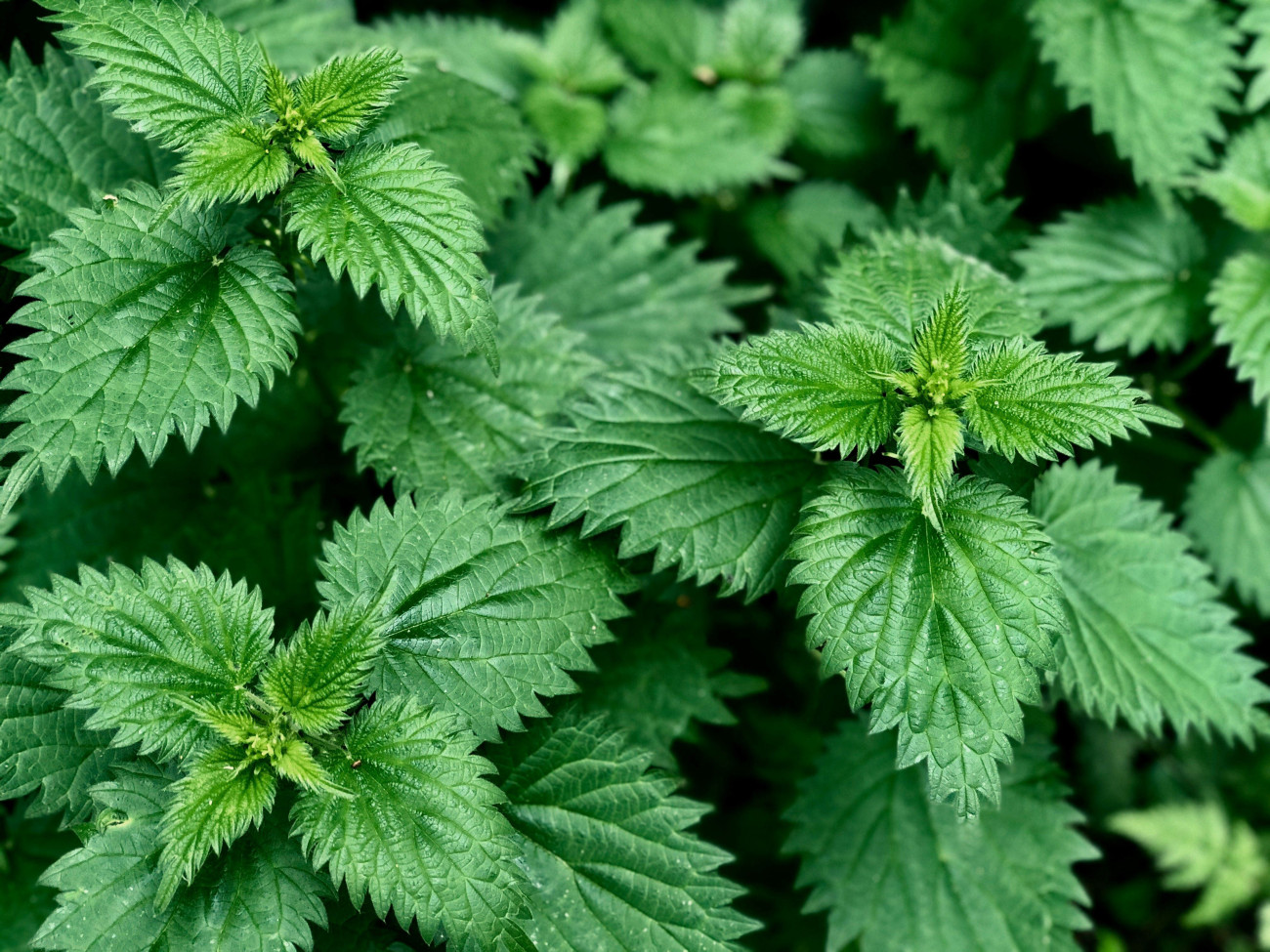Nourishing Nettles

If, like me, you have a large patch of stinging nettles in your garden, you are fortunate indeed. Treasure it and make good use of the blessing nature has bestowed on you, for the humble stinging nettle, Urtica dioica, is one of the most nutritious plants on the planet, for both you and your garden.
Man's use of the nettle has a very long history. Way back, nettles were used to exorcise devils out of possessed souls, and its juice as a remedy to reverse baldness, or make hair soft and glossy for those who had some. It has been thought to cure fever, earache, insomnia, rheumatism and arthritis, that last one with some scientific evidence. It hasn’t caught on though, as you have to whip the affected joint with fresh nettles.
Nettle fibres have been used since the Bronze Age to make cloth. World War 1 German Army uniforms were made out of it, and the dye for British Army camouflage uniforms in WW2 came from it. Its chlorophyll is the food dye W140. There were even plans to use nettle fibres to construct aircraft! In the Second World War, many used nettles to supplement rationing, as it is a good source of vitamin C and iron, as well as other good stuff. It makes a good substitute for spinach (the stings go away when cooked) and my old Nan used to make a delicious nettle and potatoes soup. Nettle tea is also very good, and very nutritious.
Nettles contain proteins, fiber, vitamin A, vitamin C, vitamin D, vitamin E, vitamin K, B-complex vitamins, iron, zinc, selenium, magnesium, potassium, Omega 3 and 6 fatty acids. We only use them for consumption before they flower, but we also dry them to make tea throughout the year.
And while they are good for you, they are equally good for the garden. We compost them, and also store the leaves in a tub of water for a couple of months and use the resulting, gloriously disgustingly foul-smelling liquid as a drench or foliar spray. Don’t store it near the house or your neighbour, unless you want to fall out with them. We also ferment it with sugar and use the liquid as an additive to feed water, together with a dollop of seaweed concentrate, or chicken manure pellets. It really does work, especially on leafy plants and young tomatoes (I move on to fermented comfrey when the trusses set).
So if you do have nettles, or access to them away from major roads, count your blessings and start putting this wonderful plant to use.
Nettle tea: Pick the young, fresh leaves at the top of the plant, put them in a teapot with boiling water, let is mash a few minutes and drink.
Fermented nettle juice for plant food: Pick 200g of nettle leaves, crush, chop and mix thoroughly with 200g of unrefined sugar or molasses (you can vary the amounts but the ratio should be the same 1:1) put the lid on the jar but 'burp' it daily to relieve the pressure. It's best to pick the nettles in the morning when they have a light coating of dew, as this is the time when the bacteria in them are at their most. Leave for two weeks, strain and put in a clean bottle. Apply 30ml per one litre of water for an effective, nitrogen and mineral rich foliar spray. I also add in 0.5 ml per litre of concentrated seaweed.
I also do exactly the seem with comfrey leaves, for plants that like more potassium and phosphorus such as tomatoes.